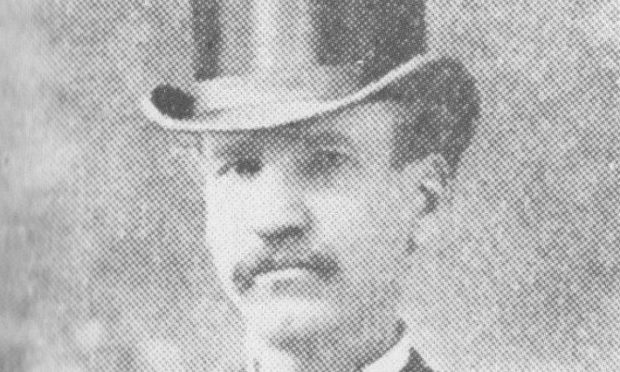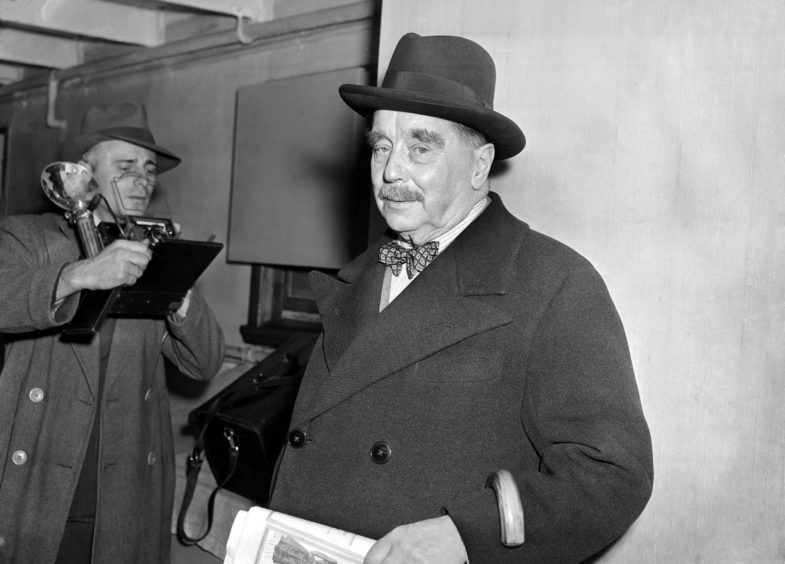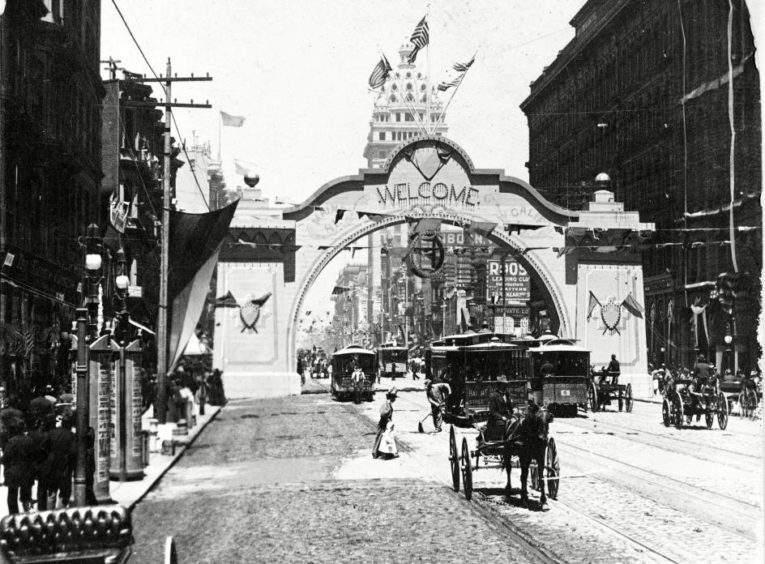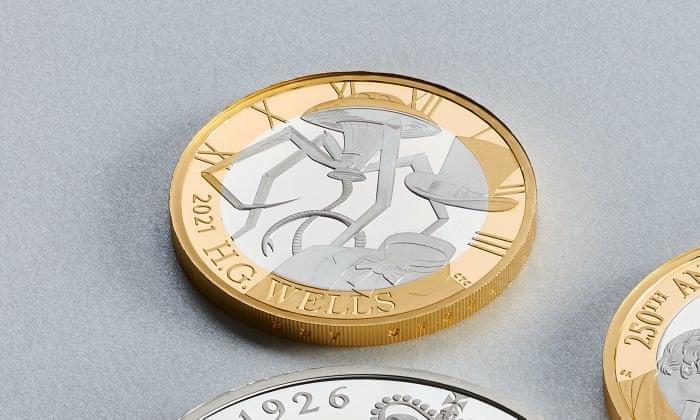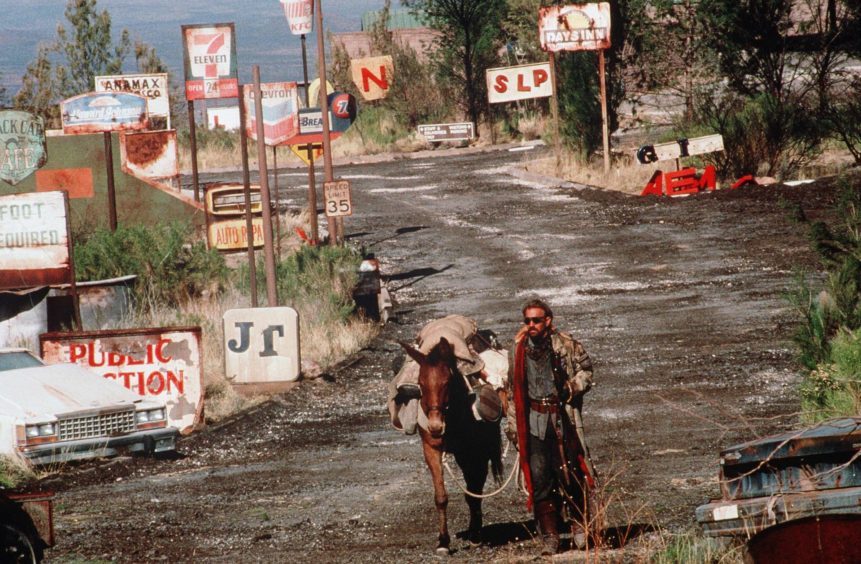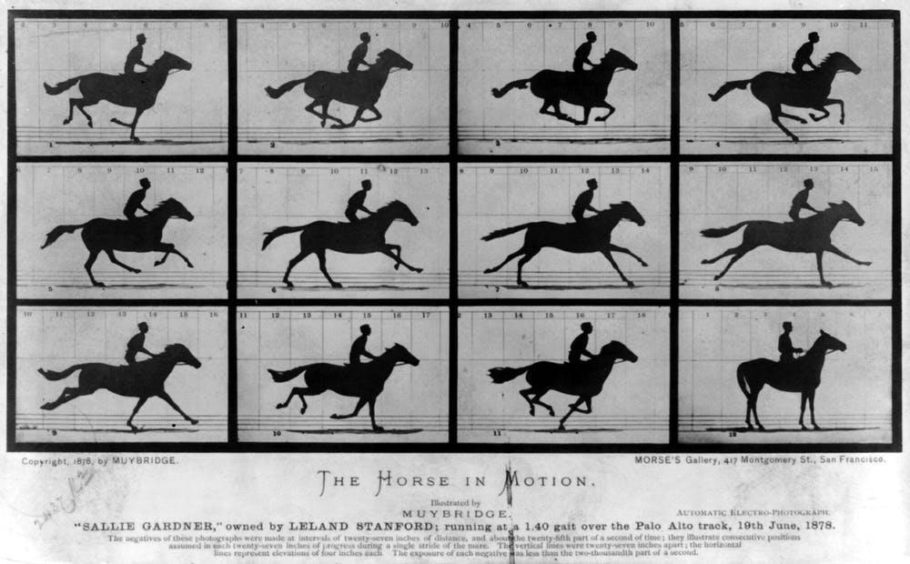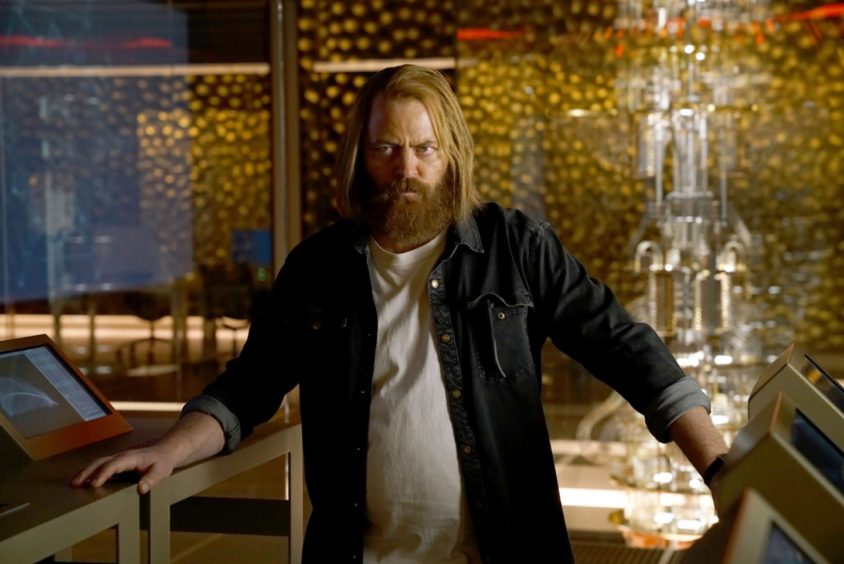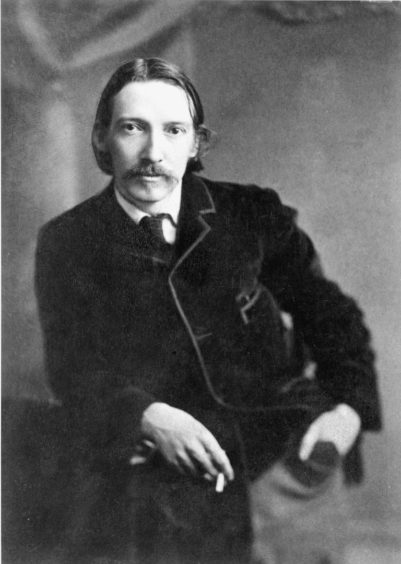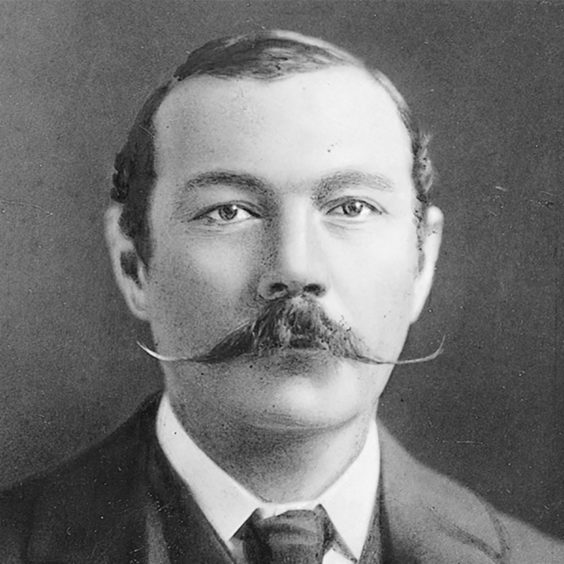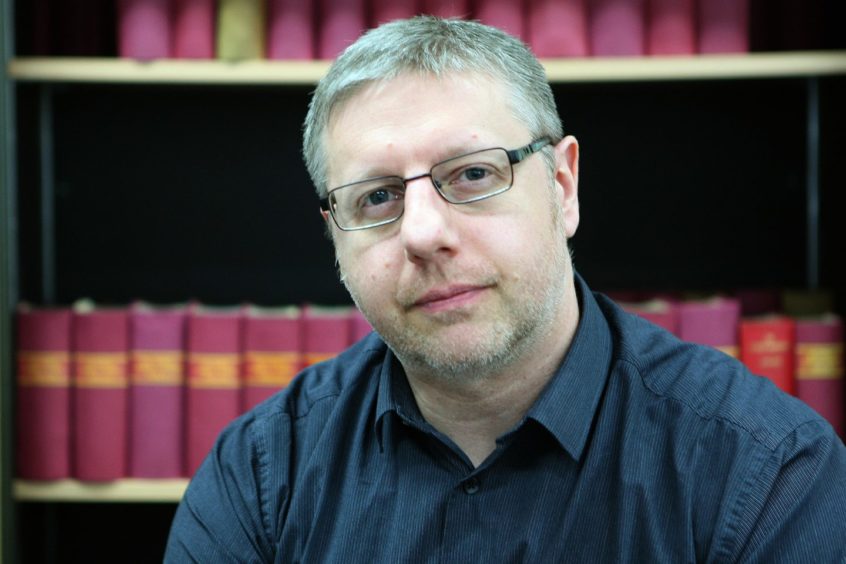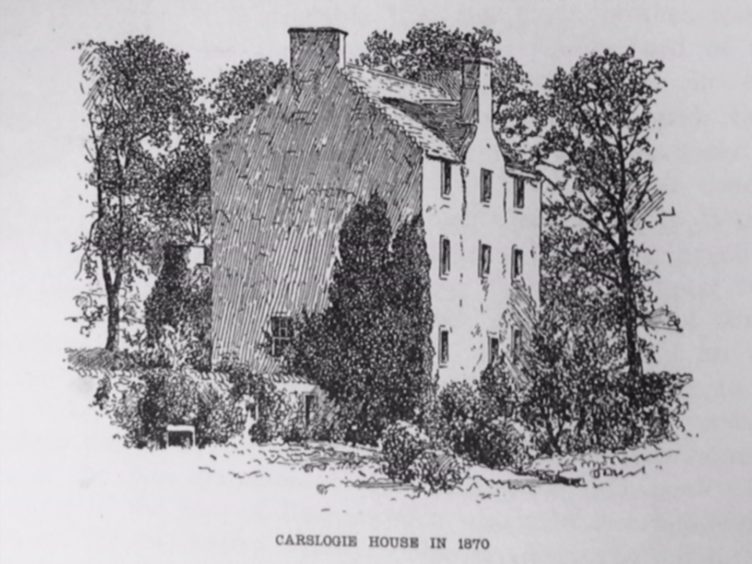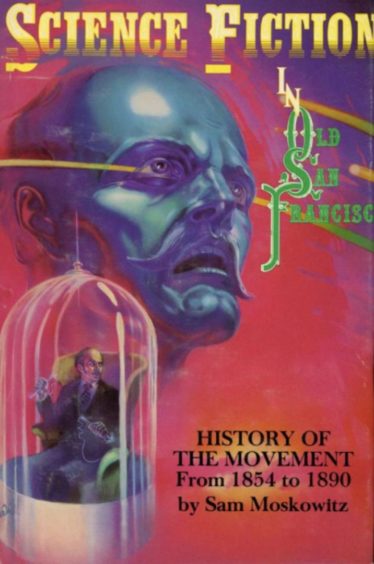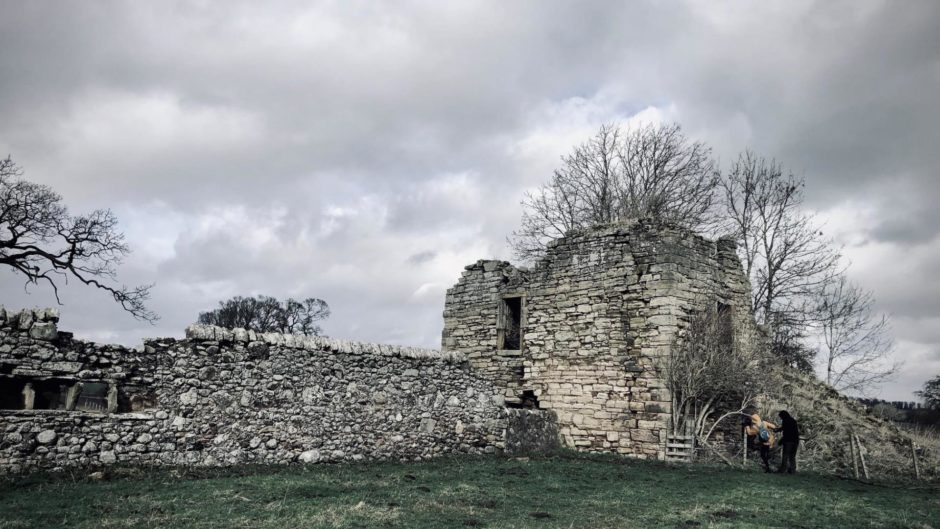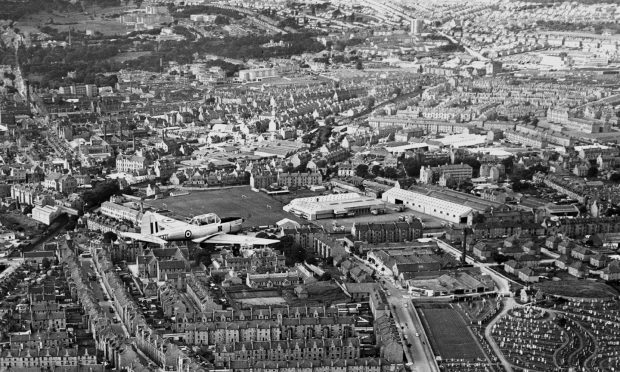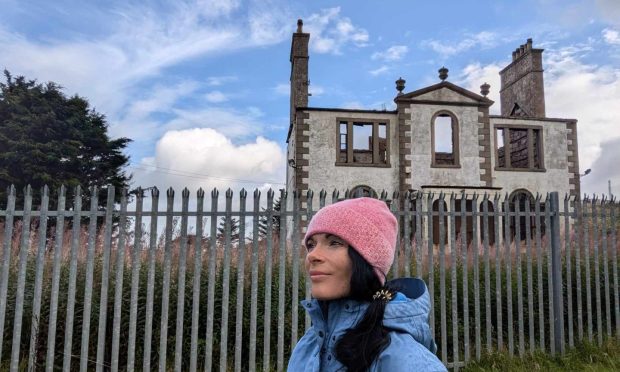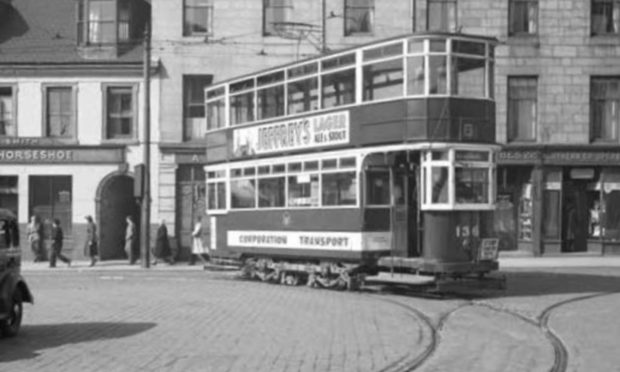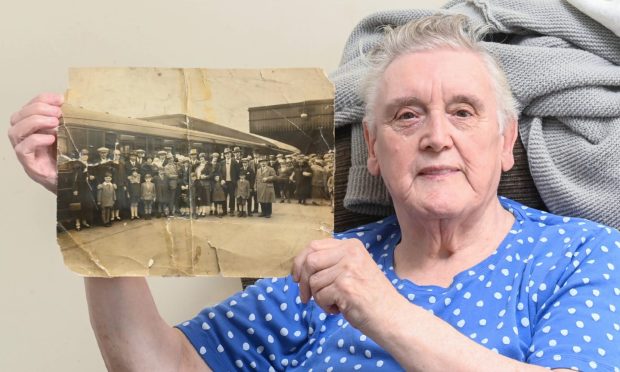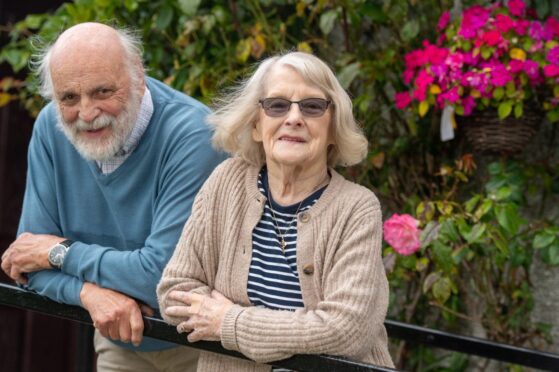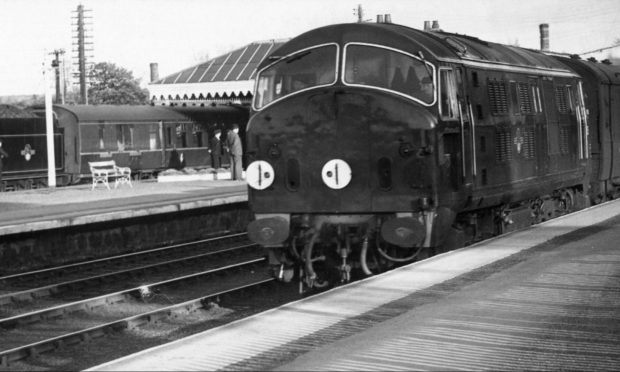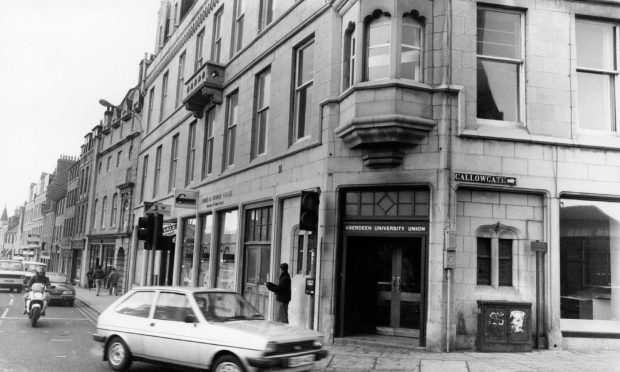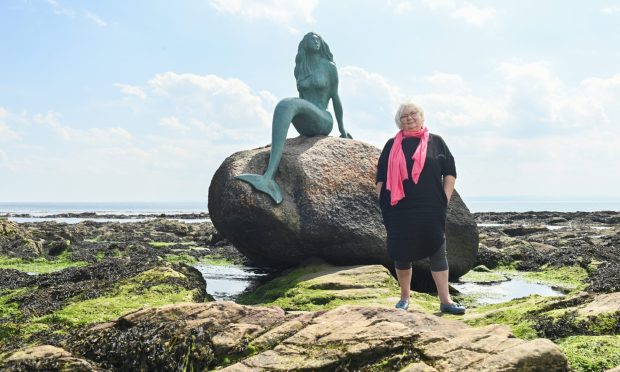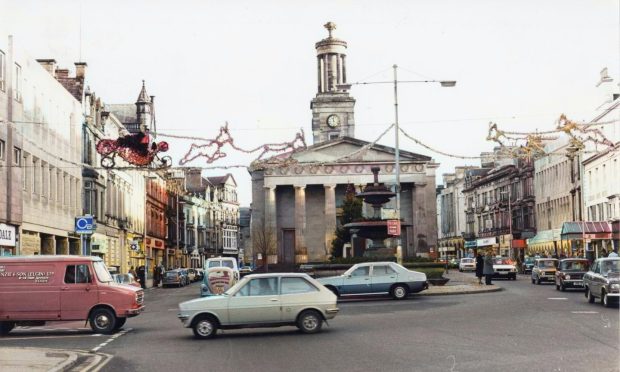He was the Victorian-age Scottish science fiction writer who dreamed the modern world in which we live – but fell through the cracks of time into obscurity.
Robert Duncan Milne, born in Cupar in 1844 as a son of the manse, wrote compelling stories anticipating television, mobile phones, satellite communication, drone warfare and cryogenics while living in the age of the telegraph and the infancy of the telephone.
Some 140 years ago, Milne – whose Episcopalian minister father was from Keith – was building sci-fi tropes, such as visual time travel, years before HG Wells penned The Time Machine.
Based in San Francisco at the height of his writing career, Milne has been hailed as the father of American science fiction and is now the subject of intensive research at Dundee University to restore his place in Scotland’s literary history and landscape – including republishing his stories.
Slipped through the cracks
“If he didn’t exist you would have to invent him because there is this kind of Milne-shaped gap between Scotland and the history of science fiction which he fits into absolutely perfectly,” said Dr Keith Williams, a Reader in English at Dundee University’s School of Humanities.
“Scotland appears to punch way below its weight in relation to early science fiction pioneering, yet in actual fact it has this really extraordinary and amazingly rich, lost presence who has just slipped through the cracks of the canon by a series of historical accidents.”
First and foremost was an actual accident. Milne, who had published most of his stories in San Francisco literary journal The Argonaut was on his way to a meeting to discuss bringing out his magazine works as a book.
“Then during one of his spectacular benders, because he was a heroic drunk, he was run over by one of San Francisco’s new electric street cars. He had this head-on collision with modernity himself.
“Ironically, that cut his career short and basically meant his work was never edited together into a single volume or even a selection of material in his lifetime.”
All but forgotten
This tragedy meant Milne and his trailblazing work – he inspired not only the science fiction genre but some actual scientific advancements as well – was all but forgotten, while writers who came after him are still lauded to this day.
For example, Wells is being honoured this year with a new £2 coin to mark the 75th anniversary of his death – but not without controversy as it depicts his iconic Martian tripod with four legs.
With HG Wells back in the spotlight, Keith believes it is fitting Milne should be, too.
Milne’s fate was a tragic end to a fascinating life – he was not only a writer and a classics scholar, but had also spent time as a shepherd, cook and labourer in California and northern Mexico in the early 1870s, having left Oxford without graduating.
The fact Milne has been rediscovered is down to the work of Barry Sullivan, an archivist with DC Thomson, who stumbled across a reference to Milne while working on his English and film degree as a mature student and uncovered his fascinating story.
He took his work to Keith, his tutor, a move which resulted in Milne being honoured in 2016 in a programme of events at the University of Dundee to mark the 150th anniversary of HG Wells’ death. Milne is now taught as part of the university’s science fiction degree course and is the subject of major research into his fascinating life and work by PhD student Ari Brin.
Filmed by Kevin Costner
Ari is the daughter of revered and award-winning science fiction writer David Brin – who penned the Uplift novels as well as The Postman which was filmed by Kevin Costner. Working between Dundee and her native California, Ari has unearthed a rich treasure trove of Milne’s work.
Keith said: “Ari came to do a science fiction masters here a few years ago and got bitten by the Milne bug and wrote her dissertation on him and is currently doing a creative PhD on Milne as well.
“She is editing his work and has put together a collection she calls The Essential Milne and we are in the process of editing that and pitching it to a press.”
Keith said that the astonishing aspect of Milne’s work is just how much it anticipated of today’s world.
“There are lots of stories about new kind of devices that are a bit like television or CCTV or some kind of satellite communication,” he said.
“One of the stories is really about a satellite phone system where signals are bounced off the Earth’s atmosphere to transmit news across the planet, so you can hear about an assassination attempt on the life of the Kaiser within minutes, because someone is using a device in Germany that can transmit a message through to you.
Imagining our digitised world
“He is dreaming up the world that we now live in, essentially. I don’t think that’s an exaggeration. He really was imagining this networked, digitised, intercommunicated world which we live in into being when he basically only had the telegraph and the telephone to inspire him in imagining that.”
Several of his stories feature devices which allowed the viewer to see back into the past in a form of visual time travel. Keith says it was inspired by the real-life work of Eadweard Muybridge, who was pioneering slow-motion picture-projection to capture the movement of animals and humans at the time Milne was writing and working in San Francisco.
“The two key stories there, are the Palaeoscopic Camera, a fictionalisation of Muybridge as the inventor of a camera that can see backwards into the past and replay the past as moving images by extracting a form of light radiation that has been embedded in solid buildings and so on. There is a related story that Milne published a bit later in his career called the Eidoloscope.”
That concept will sound familiar to anyone who has watched the series Devs on BBC iPlayer, about scientists using quantum physics to create a supercomputer that could see into any moment in time.
From fiction to fact
Milne’s science fiction led to science fact, said Keith.
“Indeed, it looks at the moment as if one of the very first film projection apparatuses was named the Eidoloscope, after his story. The apparatus was patented in 1895 and operational in the States, but the Eidoloscope story was earlier than that, I think 1889.
“So it is quite possible that the scientists and technicians who created the Eidoloscope, who worked with people like Edison and the Lumieres, knew this Milne story. It is certainly an extraordinary coincidence that they should name their apparatus using exactly the same patent term.”
Milne was ahead of the game too on SF ideas that gave rise to the likes of Doctor Who and even James Bond villains – as well as the darker side of modern society, such as terrorism and drone strikes.
“Milne’s A Question of Reciprocity is essentially a story about San Francisco being blackmailed by a foreign power, using a remote controlled helicopter that can drop bombs at random on any selected target. So there’s a Bond-villainish feel to the whole thing.”
A key part to Milne’s work was his detailed descriptions of the inventions he was describing, rooted not just in his imagination, but also in his knowledge of technology of the time. When he turned up in San Francisco in 1874, he was demonstrating a rotary engine he had patented.
High-functioning alcoholic
Keith said Milne was a pioneer of the hard science fiction genre – firmly rooted in scientific accuracy and still found in books, films and television, such as the popular Netflix series, The Expanse.
Milne’s own life reads like fiction, too, a high-functioning alcoholic his lifestyle was funded due to a stipend from a wealthy uncle, Duncan James Kay, one of the founders of Barings Bank.
His itinerant wanderings around California and Mexico in his lost years have almost a Robert Louis Stevenson feel to them. In fact, Milne knew Stevenson and gave the Treasure Island author a helping hand when he came to San Francisco.
“There is some evidence that he knew Stevenson when Stevenson was in San Francisco and kind of helped him out when he was down on his luck and plugged him into the literary, scientific and cultural network over there,” said Keith.
“We are trying to amass more evidence for that, but there is something very Stevenson-esque about him.”
Extraordinary pioneer of science fiction
Keith believes that Milne’s early years might be traced to his upbringing as a son of the manse at a time when there were tensions and debates between scientific rationalism and Christian cosmology in the 19th century.
“Milne was born in the 1840s, so was born into that kind of intellectual ferment. I think his own scientific rationalism, his own technological world view if you like, which is in the process of scientising things that were traditionally occult or supernatural is a reaction to that and to the religious upbringing he would have been subjected to.
“So the question of how is a son of the manse able to regenerate himself as such an extraordinary pioneer of science fiction and has such an extraordinary genius for imagining the world otherwise has got a lot to do with that.”
Keith believe a fitting tribute to the lost genius of Robert Duncan Milne would be to reinstate him in the canon of transatlantic science fiction.
“Ari is constantly discovering new publications by Milne, so we know he wrote something like 110 to 120 stories, two thirds of which or more are science fiction.
“He made a bigger contribution to the early science fiction genre in terms of quantity and quality than any of his contemporaries and that includes Scottish contemporaries that sort of associate with science fiction, like Stevenson or later Arthur Conan Doyle. His contribution outweighs theirs massively.”
Keith is confident a new book anthologising Milne’s story would find a ready and willing audience today, including among fans of steam punk – the SF genre which imagines technology inspired by 19th-century steam powered machinery.
Potential for film adaptations
“The stories are absolutely brilliant and have brilliant potential for adaptation into graphic form or into a whole series of kind of steam punk science fiction films,” said Keith.
“I think steam punk is a worldwide subculture now, and a figure like Milne has as much potential for feeding that and inspiring that subculture as Verne and Wells do.”
Keith believes Milne should be honoured in his home town of Cupar with a plaque or a memorial.
“There should be a big sign: ‘You are now entering Cupar, birthplace of the Scottish pioneer of American West Coast science fiction’ and turn it into a place of pilgrimage.”
How a lost genius was found by accident
Were it not for Barry Sullivan, the amazing stories and imagination of Robert Duncan Milne might still be lost to the 21st century.
Barry, an archivist with DC Thomson, stumbled across the Scottish science fiction pioneer by accident when a mature student studying for an English and film degree at Dundee University.
“I was researching my proposed dissertation between my third and final years and I stumbled across the name. It was a fleeting thing, a one paragraph mention of a Scottish 19th century science fiction writer called Robert Duncan Milne. I went looking as I was intrigued, even though it had nothing to do with my initial research.”
A book he ordered gave more information on Milne – including the fact he was born in Cupar.
Nobody even mentioned him
“Cupar has been my home town for the past nearly 40 years and I was blown away. I had never heard the name, never once in the 30 years I had been living there at that time. Nobody even mentioned him.
“I did some preliminary rooting around, approached a couple of guys who were connected with Cupar archives and heritage centre, but nothing. I thought he was worth investigating a little bit further, so I went looking.”
He discovered no one had looked at Milne for a long time, other than a book by science fiction and historian Sam Moskowitz in 1980. This was a revelation about how prolific and influential Milne was on the origins of science fiction in America, particularly and on the West Coast.
Barry said: “The thing Moskowitz was confused at was why this guy was so prolific and seemed to have inspired and influenced a lot of other people, so why had he not been published.”
Milne’s erratic lifestyle as a high-functioning alcoholic probably answers that question.
Blew his money on a bender
Barry said: “It transpires he was very well connected. Milne’s uncle, Duncan Kay, was one of the founding members of Barings Bank and a very rich man. Milne throughout his life in America was a remittance man, he was making his own money but also got a stipend from his very wealthy uncle.
“The legend goes that apparently he was forwarded a sum, something like $1,000 to get his stories published and fund a return home as he had been out in America by about 20-odd years at this point. Unfortunately, the story goes that he blew the money on a bender and the ties were severed to the family, he lost his remittance and the stories were never published.
“Then came the tragic tram car accident in which a drunk Milne stumbled in front of San Francisco’s new streetcars.
“There was a cruel irony in that this totem of modernity mowed him down just on the eve of the new century. If he had lived another 30 years, he would have seen some of what he predicted come to pass.
“He would have seen powered flight, radio technology realised fully. It’s a shame that despite all the digging I’ve done, we can’t find any surviving relatives.”
Talk of a blue plaque
Barry though is delighted that his research has now been picked up by PhD student Ari Brin, and will include Milne’s work being republished.
“I would like to see a critically-assessed anthology of his work – something which would put it in context and have something which represented everything he did. He was a poet as well and a science correspondent for the Argonaut. He was a busy man. I would like to see the recognition.”
And closer to home, Barry has been working hard towards seeing Milne remembered in Cupar.
“There has been some talk about a blue plaque somewhere in Cupar. I’m not sure of where it could go because Milne’s own home, Carslogie House is in a bit of disrepair. So there has been some talk about a blue plaque or maybe something a bit bigger, a statue or commemorative thing.”
